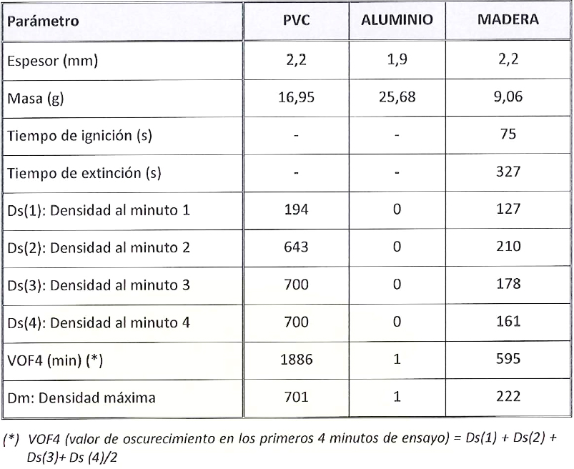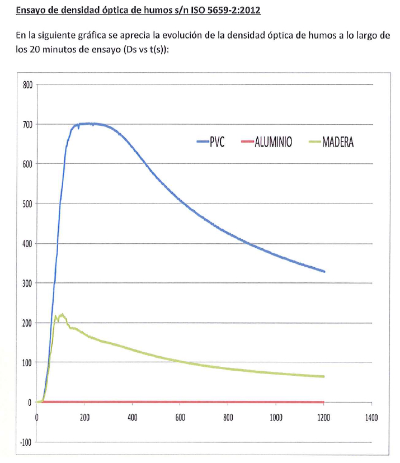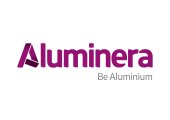It is well known that the materials used in the construction sector have to meet strict requirements in accordance with the Technical Building Code CTE - the regulatory framework that establishes the requirements that buildings must meet in relation to basic safety and habitability requirements - and the CE Marking - the health and safety requirements set out in the Community Directive and which are applicable to and imposed on the manufacturer of the products currently in force.
In the line of raising the requirements for construction products from the point of view of safety, tests related to the emission of smoke and toxic gases in case of fire will also soon be incorporated as a result of the study entitled Study to evaluate the need to regulate within the Framework of Regulation (EU) 305/2011 on the toxicity of smoke produced by construction products in fires, which is currently being prepared under the auspices of the European Commission.


In the meantime, a prestigious laboratory accredited by ENAC to carry out reaction to fire tests has been commissioned by AEA on specimens of three materials: aluminium, wood and PVC, and has measured the emissions of smoke and toxic gases released in the process, which has been carried out with the maximum guarantees, in accordance with the methodology of the ISO 5659-2: 2012 and EN 45545-2:2013 +A1:2015 standards.
The study has been carried out by the GAIKER-IK4 Technology Centre, which in November 2016 was also one of the first Spanish laboratories to obtain ENAC accreditation, which recognises it as a Control Body for the Construction Products Regulation and allows it to carry out reaction to fire tests on construction materials for CE marking (ENAC Accreditation OC-L/401). Since 1995, this same laboratory has held ENAC Accreditation no. 72/LE187 for reaction to fire tests.
The fact is that the tests carried out by GAIKER-IK4 confirm what we could intuitively suspect: Both wood and PVC plastic burn when subjected to intense thermal radiation, as would be the case in a fire, and we now also know that they give off abundant smoke and numerous toxic gases in their combustion.
The emission of smoke is particularly noticeable in the case of the PVC plastic, whose Darkening Value in the first 4 minutes of the test (the so-called VOF4) is 1,886 units. This is more than three times higher than the VOF4 of 595 units for wood. Aluminium simply does not emit smoke, its VOF4 is 1, undetectable.







